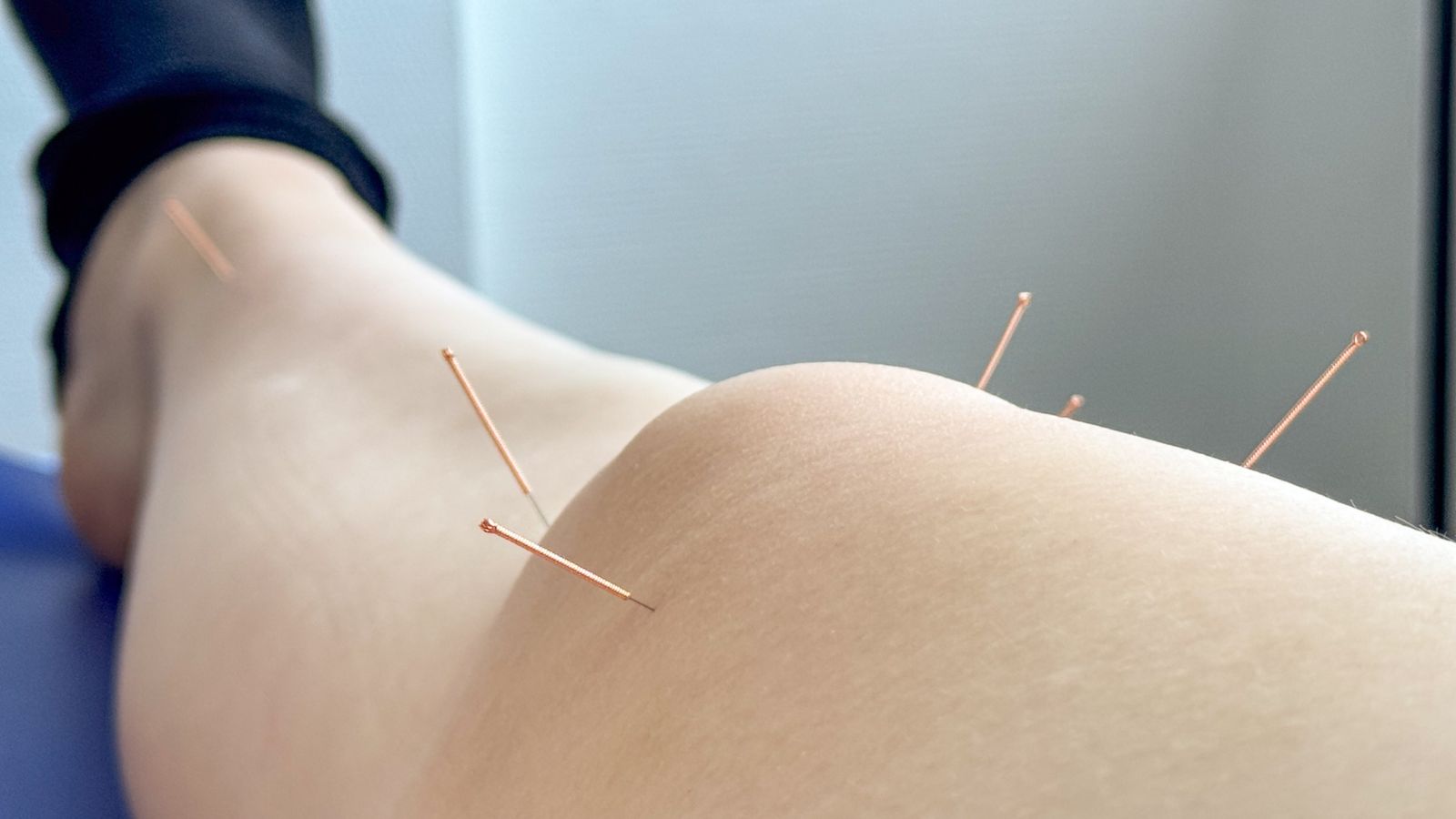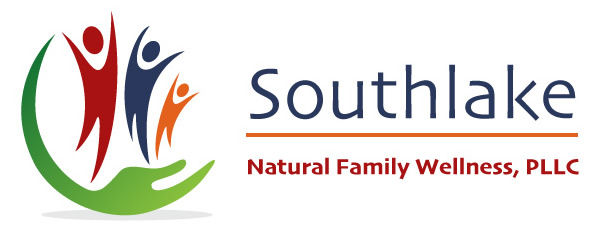How Acupuncture Can Relieve Sciatic Pain Naturally
- 23/07/2025
- By Southlake Natural Family Wellness
- Acupuncture, Natural Wellness
- Comments Off on How Acupuncture Can Relieve Sciatic Pain Naturally

If you’re experiencing persistent leg pain that radiates from your lower back down one side of your body, you may be dealing with sciatic nerve pain, commonly known as sciatica. This condition can disrupt daily activities and significantly reduce your quality of life. More individuals are now turning to acupuncture for sciatic pain as a natural, drug-free option that supports relief without relying on conventional medications.
Sciatica typically arises from pressure on the sciatic nerve, often caused by muscle tension, spinal misalignment, or a herniated disc. Traditional treatment approaches include steroidal anti-inflammatory drugs, physical therapy, or in more severe cases, surgery. For those seeking alternative methods without medication-related side effects, acupuncture presents a safer and holistic path to relief.
How Acupuncture Can Relieve Sciatic Pain Naturally
Understanding the Power of Acupuncture for Sciatic Pain
Acupuncture for sciatic pain involves the stimulation of specific points on the body, often targeting areas near nerves and muscles that influence the lower back and legs. These points are believed to activate the central nervous system and promote the release of the body’s natural painkillers, such as endorphins. This process can help reduce pain intensity and address the root cause of discomfort.
One key benefit of acupuncture is its ability to improve circulation in the affected area. Increased blood flow nourishes tissues, reduces inflammation, and supports the body’s natural healing mechanisms. By targeting inflamed or compressed nerve tissue, acupuncture can offer a multi-dimensional approach to managing sciatic pain.
Additionally, acupuncture is known for its anti-inflammatory effects. Since inflammation is a major contributor to sciatica, reducing it can relieve nerve pressure and restore mobility over time.
Common Treatments and Drawbacks Compared
Conventional treatments for sciatica often involve a mix of medication and physical therapy. While these methods may offer temporary relief, they do not always address the root of the problem and can sometimes come with unwanted side effects.
Common conventional options include:
- Physical therapy to stretch and strengthen supporting muscles
- Heat or cold therapy to relax tense areas
- Epidural steroid injections for pain suppression
- Surgical intervention for severe or unresponsive cases
In contrast, acupuncture offers a more integrative approach that targets the underlying cause of sciatic pain without the risks associated with long-term medication use. This makes it especially attractive for those looking to avoid side effects or explore holistic healing options.
Scientific Evidence Supporting Acupuncture
A growing body of research supports the effectiveness of acupuncture for sciatica. A 2023 meta-analysis concluded that acupuncture was more effective than conventional medications in reducing pain and increasing pain thresholds, with fewer adverse effects reported.
In a notable randomized trial conducted across six hospitals in China, 216 patients with disc-related sciatica received ten acupuncture treatments over four weeks. Compared to a control group receiving sham acupuncture, the treatment group showed significant improvements in pain levels (measured by VAS scores) and disability scores, results that persisted for up to a year.
Additional reported benefits included:
- Improved mobility
- Better sleep quality
- Reduced reliance on medications
- Fewer complications or side effects
Importantly, acupuncture was associated with a nearly 70% lower relapse rate compared to medication-based treatment, suggesting greater long-term effectiveness.
Mechanisms Behind the Relief
Acupuncture’s effects extend beyond simple pain reduction. Research indicates that it also:
- Regulates the central nervous system and inflammatory signaling, enhancing the body’s natural pain response
- Improves microcirculation, helping restore nerve tissue by enhancing blood flow to compressed areas
- Raises pain thresholds and reduces nerve sensitivity more effectively than NSAIDs or placebo treatments
These mechanisms contribute to both immediate relief and longer-lasting improvements in nerve function and mobility.
Ideal Candidates and How to Proceed
If you’re exploring ways to treat sciatica without medication, acupuncture may be worth considering. It’s particularly suitable for individuals:
- With non-surgical causes like a herniated disc or muscle tension
- Seeking to avoid side effects of pharmaceutical drugs
- Experiencing pain radiating into the leg and restricted mobility
- Concerned about recurrence or long-term dependency on steroidal anti-inflammatory drugs
Tips for a Successful Acupuncture Experience
- Choose a licensed acupuncturist with at least 5 years of experience
- Plan for at least 4–10 sessions over several weeks for cumulative effect
- Combine treatments with physical therapy or exercise for best outcomes
- Monitor any minor side effects like bruising or soreness and communicate with your practitioner promptly
Find Natural Relief Today With Acupuncture for Sciatic Pain
If you’ve been struggling with chronic sciatic pain and are ready for a more holistic approach, acupuncture may offer the natural relief you’ve been searching for. With growing scientific support, acupuncture has been shown to reduce inflammation, restore nerve function, and ease pain, without the complications of conventional drug therapies.
Speak with a licensed acupuncturist to explore a customized treatment plan tailored to your specific needs. By integrating ancient healing with modern research, acupuncture can help you find lasting relief and improve your overall well-being.
About Farrah Hamraie
Farrah Hamraie, L.Ac, MOM, Dipl.OM (NCCAOM), is licensed and board-certified in Acupuncture and Herbal Medicine in the State of Texas with a Master of Oriental Medicine from the Dallas College of Oriental Medicine.
She is also a Diplomat of NCCAOM (the National Certification Commission for Acupuncture and Oriental Medicine), a Board Certified Acupuncturist, a Chinese Herbalist, and a member of the American Association of Oriental Medicine.
Contact us today.





